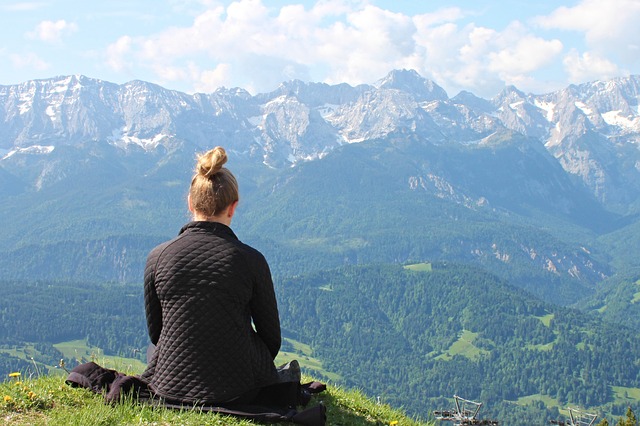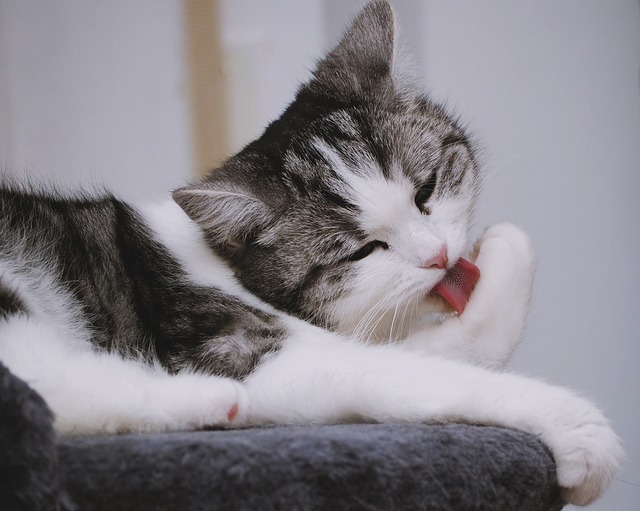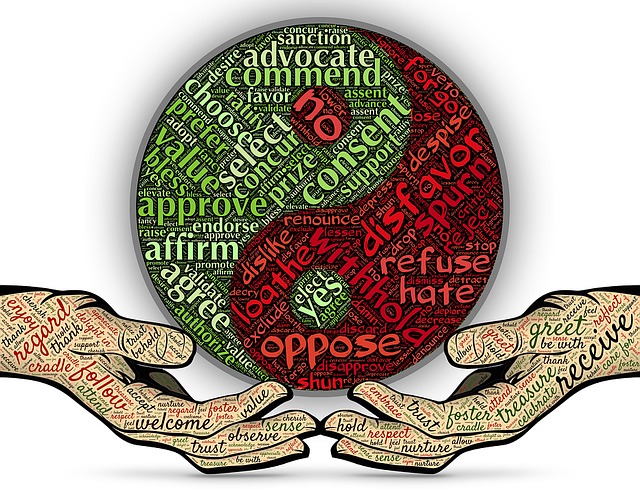Diana Winston offers a meditation podcast in which she provides a way to deepen intention when making New year resolutions. The meditation combines both reflection and goal setting and aims to replace the usual beginning-of-the -year wish list with a firm, focused intention on making a real change in your life.
Diana begins the meditation with a process for becoming grounded. In this meditation practice, she focuses first on a body scan that involves paying attention progressively to the points of contact of your body with the chair that you are sitting on and the floor you are touching with your feet. The body scan is followed by mindful breathing as a way to deepen your inner awareness – noticing your breathing, but not trying to control it. Diana suggests that the mindful breathing approach can be supplemented by paying attention to the sounds around you – without judgment or interpretation. Once you become anchored in either your breathing or through tuning into surrounding sounds, you can move onto the next stage of the meditation practice, reflection.
Reflecting on the past year
Diana proposes that a reflection on the past year should precede goal setting for the new year. The reflection has two parts – (1) what was good about the previous year and (2) what was not so good. In relation to the first – the good aspects – the idea is to focus on what brought you peace, joy or happiness. Here you can express gratitude for all that you experienced as good in your life.
In the second part, you can identify what was not so good in terms of what you did that impacted negatively on yourself or others. This begins the process of identifying what you want to change in your life. The not-so-good aspects may have resulted from not appreciating what was good in your life at the time or they may represent an unhealthy habit that has adverse effects on your life. Diana maintains that it is important at this stage of the meditation to treat yourself with loving kindness and not become absorbed in self-blame and self-denigration.
Bringing intention to your new year resolution
The final stage of the meditation practice is to focus on what you want to change in your life – choosing one thing that will have a significant effect on your life and those you interact with. Just building mindfulness through meditation practice itself impacts positively the people around you as you are better able to express loving kindness towards others and yourself.
The important point here is to focus on one thing or aspect of your behaviour that you want to change in your life. Too many resolutions dissipate energy and weaken intention. Focusing on one thing at a time builds intention and resolve.
Once you have a behavioural goal clearly in mind, a way to strengthen your intention is to envision what your life will be like when you achieve your behavioural goal – what will be happening differently?; what positive impacts will it have on your stress levels/ experience of equanimity?; and what will it mean for the quality of your relationships? The more you can focus on the envisioned positive outcomes, the stronger will be your intention and resolve to achieve your goal.
As we grow in mindfulness through meditation and developing our focused intention to create change in our lives, we can progressively remove the unhealthy habits that are negatively impacting our lives and those around us.
____________________________________________
By Ron Passfield – Copyright (Creative Commons license, Attribution–Non Commercial–No Derivatives)
Image source: courtesy of TeamXris on Pixabay
Disclosure: If you purchase a product through this site, I may earn a commission which will help to pay for the site, the associated Meetup group and the resources to support the blog.










